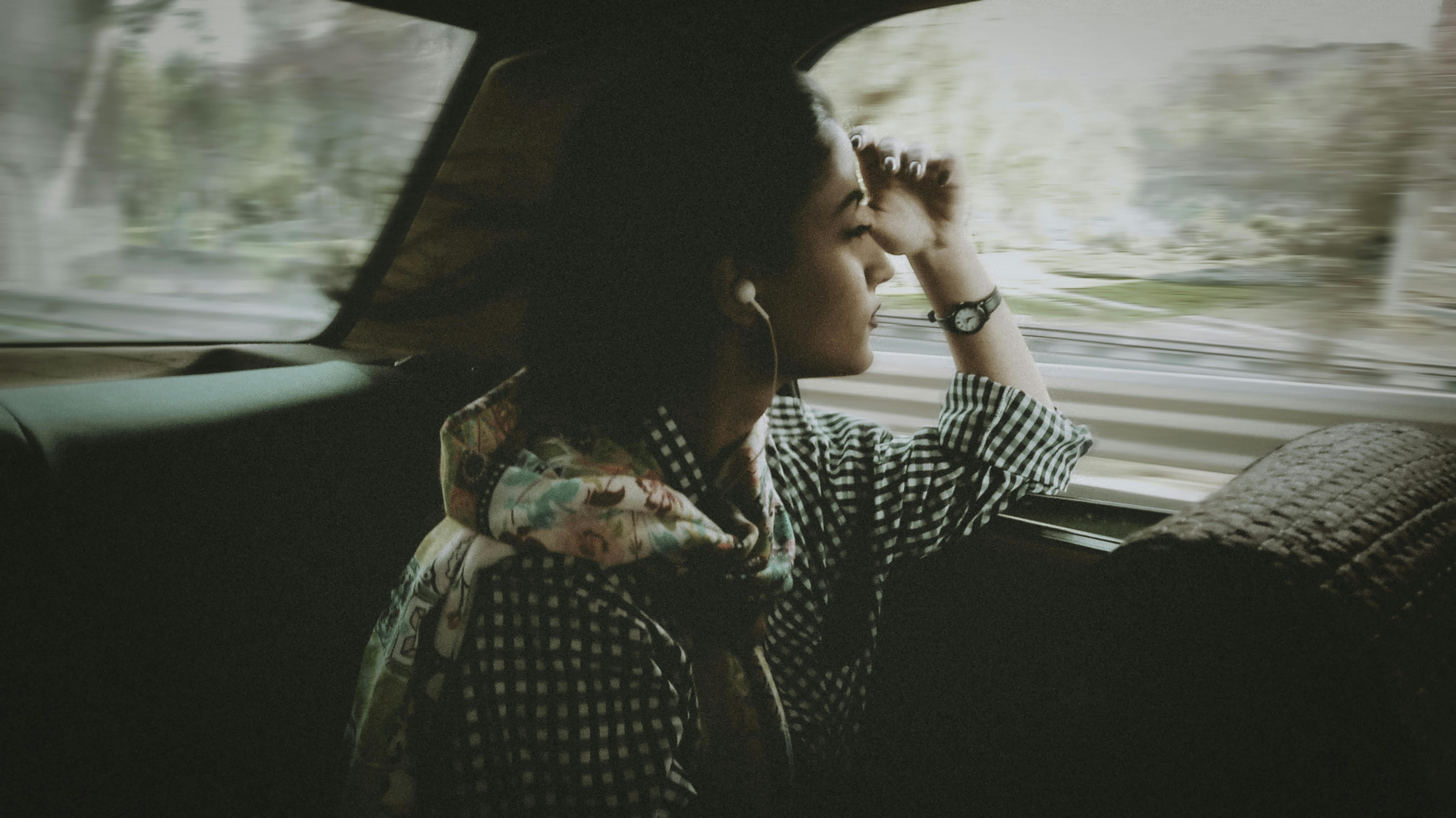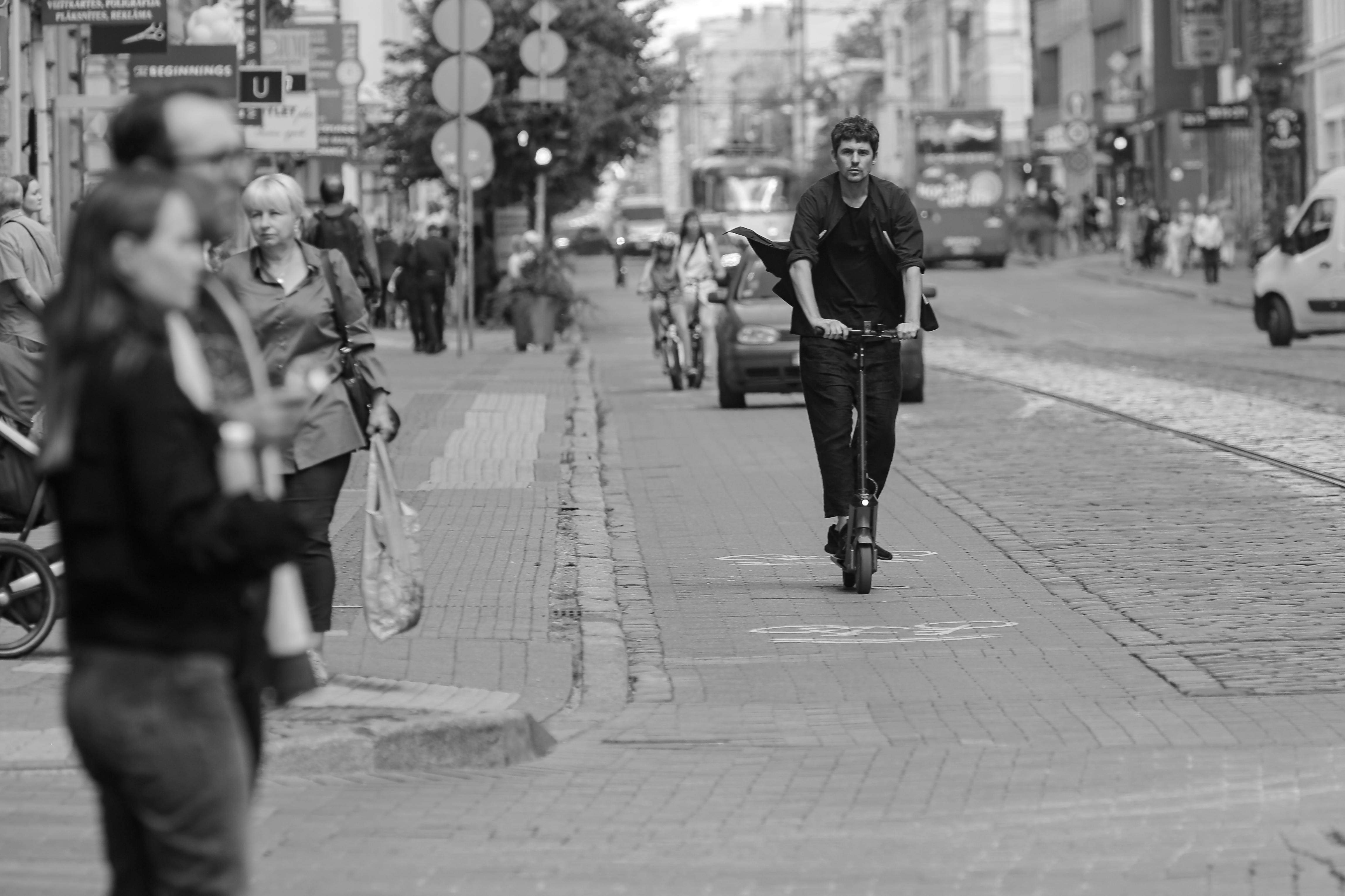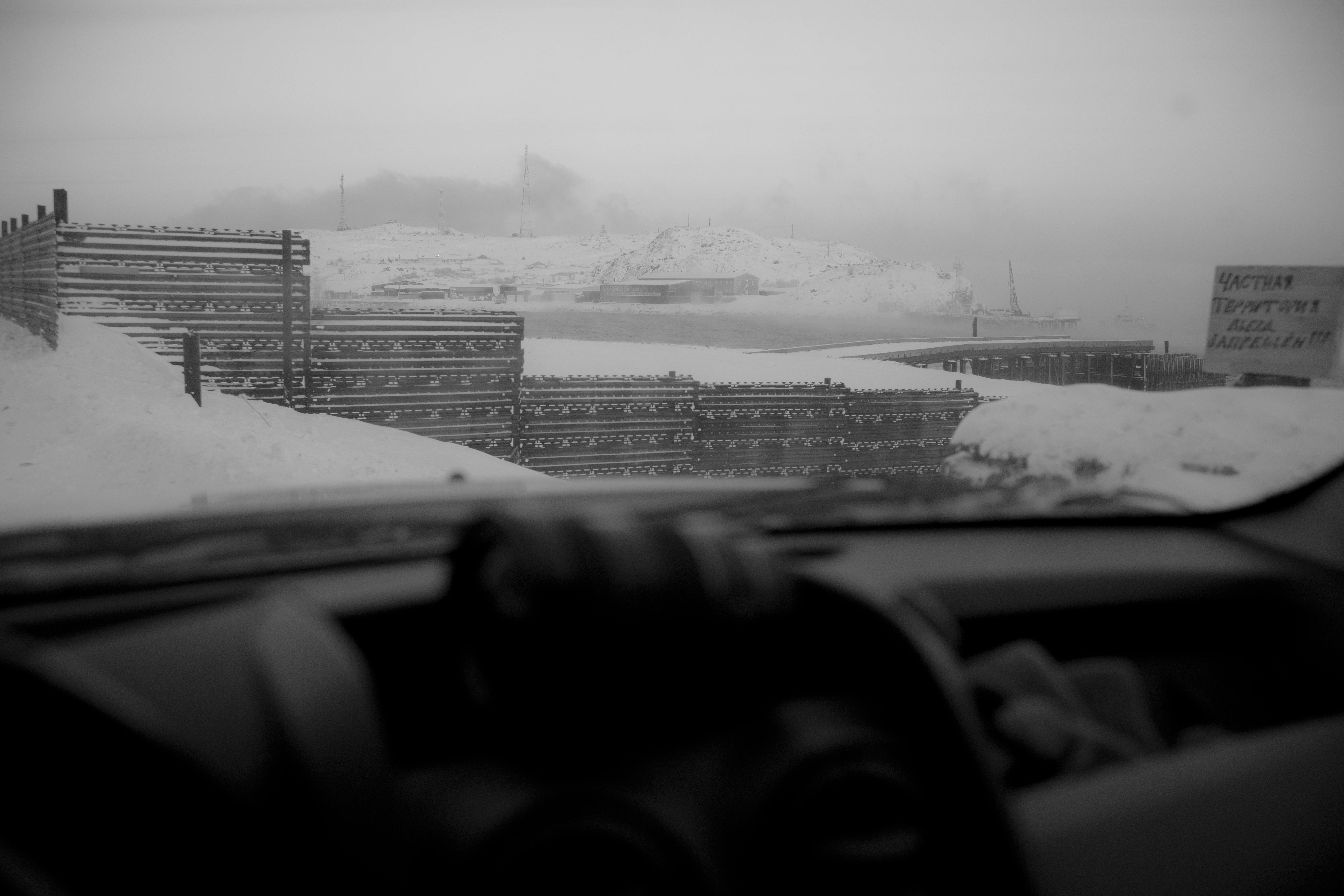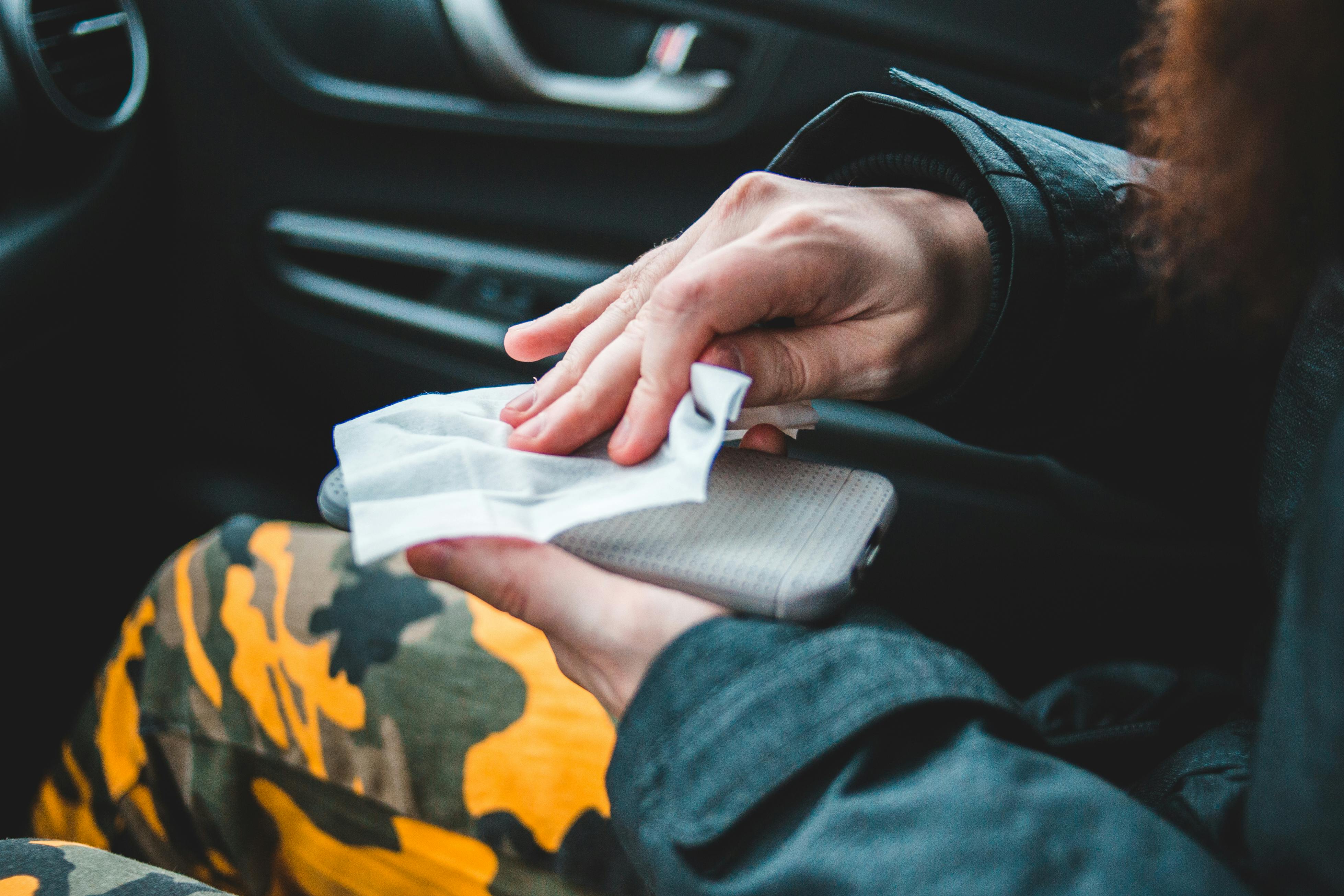Poking his head out of the hatch, the salty breeze slaps his captain across the face. Laden with moisture, he caresses her face, threatening rain. Like lead, the southern sky is an endless expanse of flat gray from the horizon upwards. Either you’re sailing into a weather system or some other local anomaly. Running a printout of the weather fax doesn’t show any major systems in your portion of the ocean. Recalling a similar situation on the run to the Tuamotus when she lost her shroud, her crew took a reef on her mainsail just to be safe. By mid-afternoon, the cloud turns blue and, with the sun breaking through, the breeze once again sets the ‘Trades’ free. Her crew rocks the reef and in the blink of an eye she is sailing again in great style, at her usual seven or eight knots. Her waterline, scrubbed before leaving Raiatea, has water bubbling merrily along her waist and sleek, puffy sides: she feels great.
Saying goodbye earlier in Raiatea, the arrangement is to meet again in Tonga, if not sooner. Both ships are heading the same course, visiting Niue on the way, but with the vhf having a range of only twenty-five miles, it will be hard to keep in touch with your friends. Leaving Raiatea he headed towards the top end of Taaha Island, and looking into one of the ‘Pass’ our crew saw one of the wickedest surf breaks imaginable. Curling up at the point of the Passe, towering over the reef, glassy black rollers rumble over jagged coral, snow-white spray leaping high. A few surfers ride them and risk their lives every time they catch one of these monsters. Our crew could hear the scream of the occasional surfer brave enough to try to outrun it, surviving.
Her captain, looking at the sea, is once again surprised by the multitude of different moods that she herself exhibits, revealing everything, but revealing nothing. Every day is different, from shimmering blue to stone gray, sometimes even almost black, from calm to harsh and sometimes stormy, and back to calm, sometimes bright and sometimes threatening, constantly changing, so even half an hour can make a difference. The only constant is constant change. It is no wonder that artists always fight in their spots to capture the true image of the sea. She is so elusive, even in a fractured moment, too much for the artist’s eye. Capture it on film, that’s fine, but transfer it with a medium to canvas or paper and something is always missing. The restlessness on a human face can be conveyed in a portrait, but the constant, constant, ceaseless turmoil of the ocean is beyond our capabilities. The best the artist can hope for is a fair representation of this element which covers seventy per cent of the surface of the planets. That statistic, plus the fact that our bodies are seventy-two percent water, makes you wonder if there’s any connection between the two, and in the end, we’re all mixed up, like in a giant washing machine, and part of this is huge. gigantic whirlpool called life. Whatever it is or not, water, in all its forms, fresh or salty, sea or lake, river or pond, has a colossal effect on our lives as joint occupants of this Earth.
Blowing up the stairway, a fragrant smell of freshly baked food snaps him out of his musings, and his thoughts turn to a more basic requirement: food. —Unbearable glutton! she mocks her captain. ‘That’s all you think about: filling your belly!’ There are few things more pleasurable than demolishing several hot buttered buns in the cabin of a yacht on a breezy tropical afternoon and washing them down with pure drinking water with a hint of lemon, from the watermaker.
In Bora Bora, our little boat sailing quietly now as the breeze eases, notices an increasing number of sticky floaters skittering by. These are round, mushroom-shaped, transparent type jellyfish with four darker rings placed precisely in their center. By the time our crew notices them, they’ve multiplied to legion proportions and their bow is cutting through them, pushing them aside by the hundreds. They travel like this for about thirty minutes and during this time the animals are so thick that they have a cushioning effect on the surface of the water, smoothing it from a regular surface of ripples of light to moderate breeze, to a gently undulating mass of these strange creatures.
They cannot tell how far they were from our little ship on either side, but considering the time it takes to sail through them, the shoal must number in the several millions. Our crew idly wonders if these animals have any natural predators; perhaps they are whale fodder, and because there are fewer whales now, the jellyfish have thrived. With this gummy carpet of living jelly billowing around her, even though the breeze is still there, a kind of eerie stillness pervades the scene. It passes through them at about five knots, but leaves no trace. Her cutwater pushes them aside and they slide along her sides, across her hull, to immediately close again as they pass under her stern.
There is no trace of where they have been moments before. The phenomenon raises the question, why such a concentration of these animals here? What are you doing here? Are they going somewhere? Or are they just drifting on the ocean currents of the globe? Are they here preparing for mating? If so, there is no shortage of options! Nature takes care of its own, maintaining a balance, and without a doubt it has them here as part of its master plan. Breaking through the other side, the dwindling numbers shake and she moves forward, and away from the mass gathering. A few minutes later, she’s cleared most of them and they’re down to the occasional stragglers slipping in and following in her wake.
Bora Bora’s twin peaks emerge from the horizon and the island takes shape exactly as described in the pilot. Part of your captains mind is always amazed at how the geographic features of a new destination, seen for the first time, are a true replica of a printed or photographic description, as if there was a chance there could be some change or difference! or that the cartographer was wrong! And then there is this faint feeling of surprised satisfaction that the real thing matches the representation and has been narrated correctly. The leisurely approach of a sailboat enhances this feeling and gives our crew the opportunity to study this island gem up close as they get closer. Bora Bora is known as ‘The Most Beautiful’, and from that distance her reputation is shaping up. James A Michener immortalized it in his ‘Return to Paradise’ with the following: ‘I saw it for the first time from a plane. On the horizon was a speck that turned into a tall, blunt mountain with cliffs that plummeted into the sea. Around the base of the mountain, narrow fingers of land stretched, forming magnificent bays, while around the whole a ring of coral of utter perfection was flung, dotted with small motus on which palm trees grew. The lagoon was crystal blue, the beaches were dazzling white, and always on the outer reef the spray leaped like a mountain into the air.
On this perfect South Seas day, the sun casts its flawless, radiant light on the island’s mountaintops, it is indeed the epitome of paradise. Gleaming with white sand below, the delicate pale aquamarine of the lagoon is reflected upwards on the undersides of the fluffy white clouds around the twin peaks, creating a unique and dazzling display of floating turquoise in the skies. The coral reef surrounds Bora Bora like a necklace that is almost perfect in its symmetry and equidistant from the main island. Fortunately there is a Pass, the only one, on the western side of the reef. It’s called Passe Teavanui and it leads into a magnificent deep-water bay just below the magnificent and towering twin peaks for which Bora Bora is famous. Our little boat navigates easily through this wide passage, across the bay and to the Bora Bora Yacht Club, located in an inlet about a mile north of the main town, Vaitape. The clubhouse water is fifteen fathoms dark and calm, dotted with vessels of various descriptions and antiquities. In addition, there are a number of orange mooring buoys in the bay and one of these is headed for instead of dropping anchor in these deep waters.
‘Take the least line of resistance when offered.’ She thinks, the captain of her competing directly. She judges perfectly -there is no wind here- they hook up, her captain turns off the engine and she settles down to rest in this, another corner of paradise.




